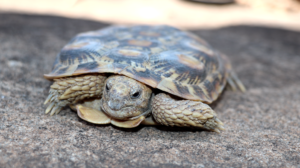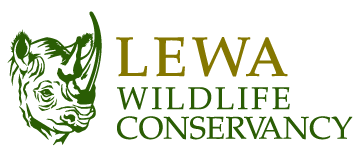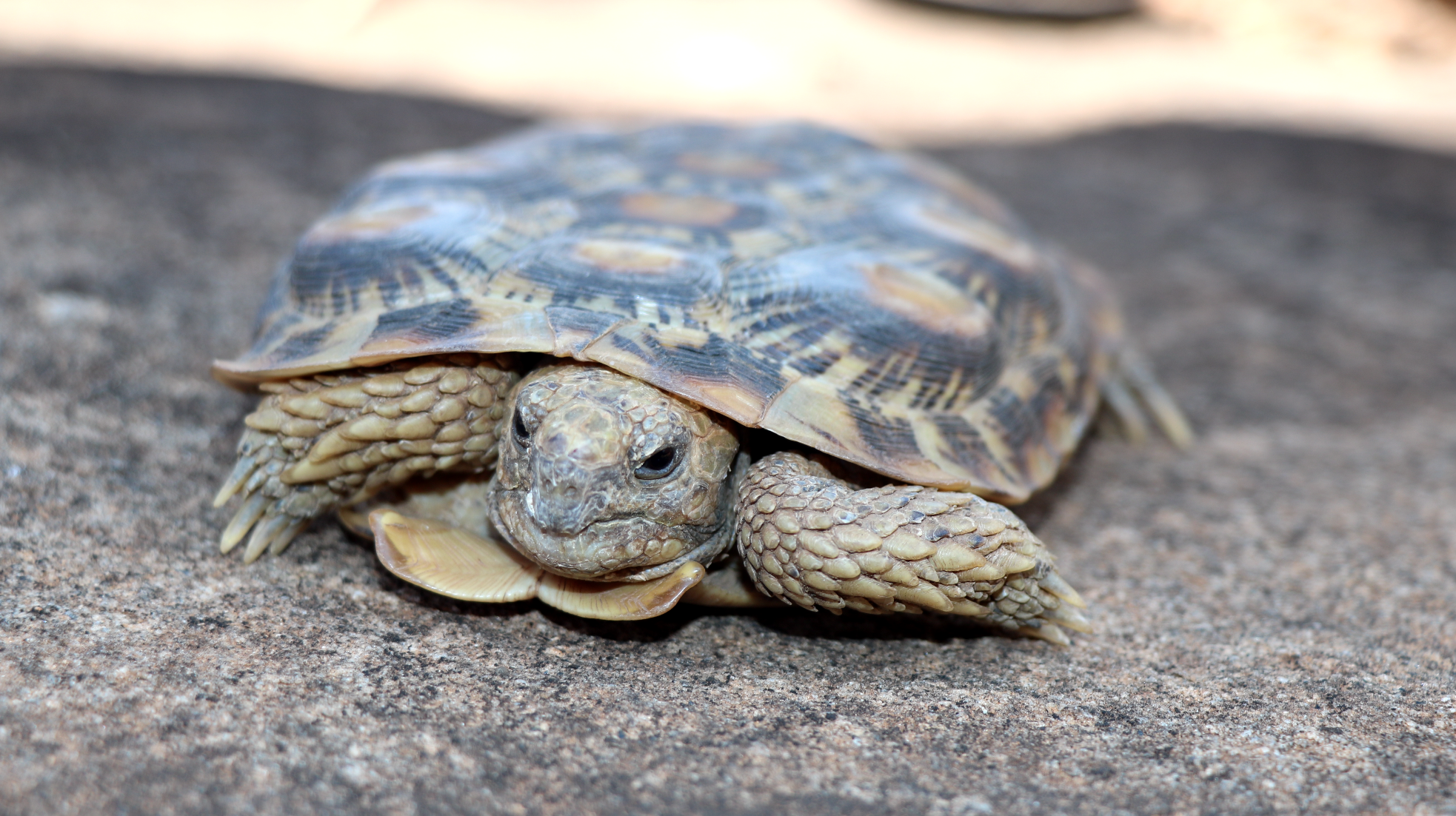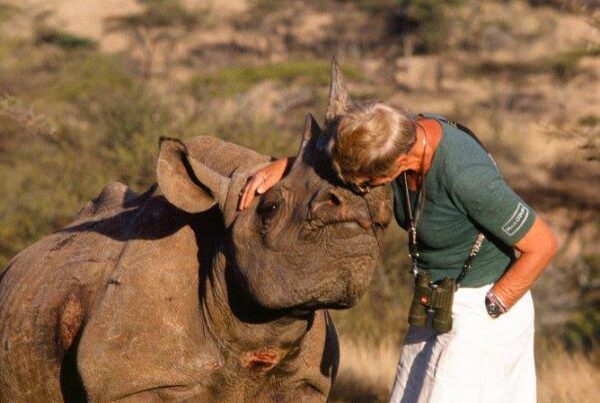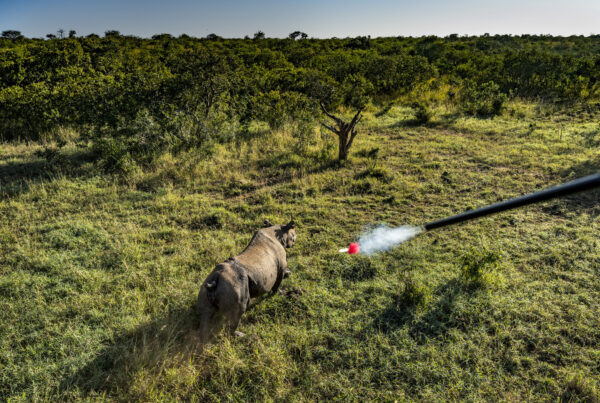A preliminary assessment on Lewa has discovered a small population of the critically endangered Pancake tortoise.
Seven Pancake tortoises were found on the Conservancy, in the first-ever effort to establish the occurrence of the endangered species. The discovery extends the distribution range of the species in Kenya with past studies showing that the distribution of the tortoise in Kenya lies within the arid and semi-arid corridor from Marsabit County southwards to Kitui County. Scientists from Lewa and the National Museum of Kenya participated in the joint effort to design an appropriate conservation strategy for Pancake tortoise and other herpetofauna on the Conservancy.
Due to specialised habitat requirements, the distribution of the Pancake tortoise is restricted and patchy. The tortoise population was recorded from four out of 14 potential sites identified during the assessment. The findings also documented the highest altitude occurrence (1,647 Mean Sea Level) for pancake tortoise in Kenya to date.
The Pancake tortoise whose scientific name is Malacochersus tornieri is among the six land tortoises mostly found in East Africa. Unlike the typical tortoises, the pancake tortoise is unique in its morphology. It is small in size, flattened dorso-ventrally and a flexible soft-shelled that allows them to live in narrow rock crevices. Elsewhere, populations have also been recorded in Tanzania and Zambia. It is considered that geology, vegetation, altitude, and climate are the main factors that limit the distribution of Pancake tortoises. For instance, more than 80 per cent of Kenyan records are below 1,000m Mean Sea Level.
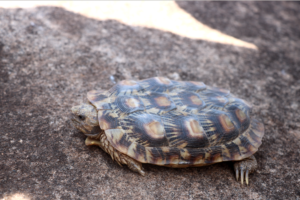
Our Head of Conservation and Wildlife, Geoffrey Chege, says that there is a need to design a long-term conservation strategy for Pancake tortoise and other herpetofauna on Lewa, as well as carry out detailed studies and a regular monitoring framework.
“Even though this discovery is significant partly due to the protection status of Lewa Wildlife Conservancy, this population is rather isolated and there is a need for further studies to determine its viability,” said Chege.
The occurrence is highly influenced by the availability of suitable micro-habitats. Generally, they inhabit rock crevices of any orientation from horizontal to vertical. Openings of choice tend to narrow backward from the entrance. Gently sloping hillsides are more suitable than steeper areas and cliffs. Therefore, only a small proportion of the general habitat is normally inhabited by tortoises. The Pancake tortoise is currently listed as Critically Endangered (CR) by the International Union for Conservation of Nature (IUCN). Live animal collection for the international pet trade is the biggest threat to the tortoise.
Habitat degradation from rock destruction is also a major threat. Other threats include deforestation and cultivation. A higher conservation measure for the Pancake tortoise was recently achieved when the 18th Conference of Parties of CITES adopted a proposal for its listing in Appendix I. International trade in the tortoise is now prohibited except under exceptional circumstances, for example, research purposes.
